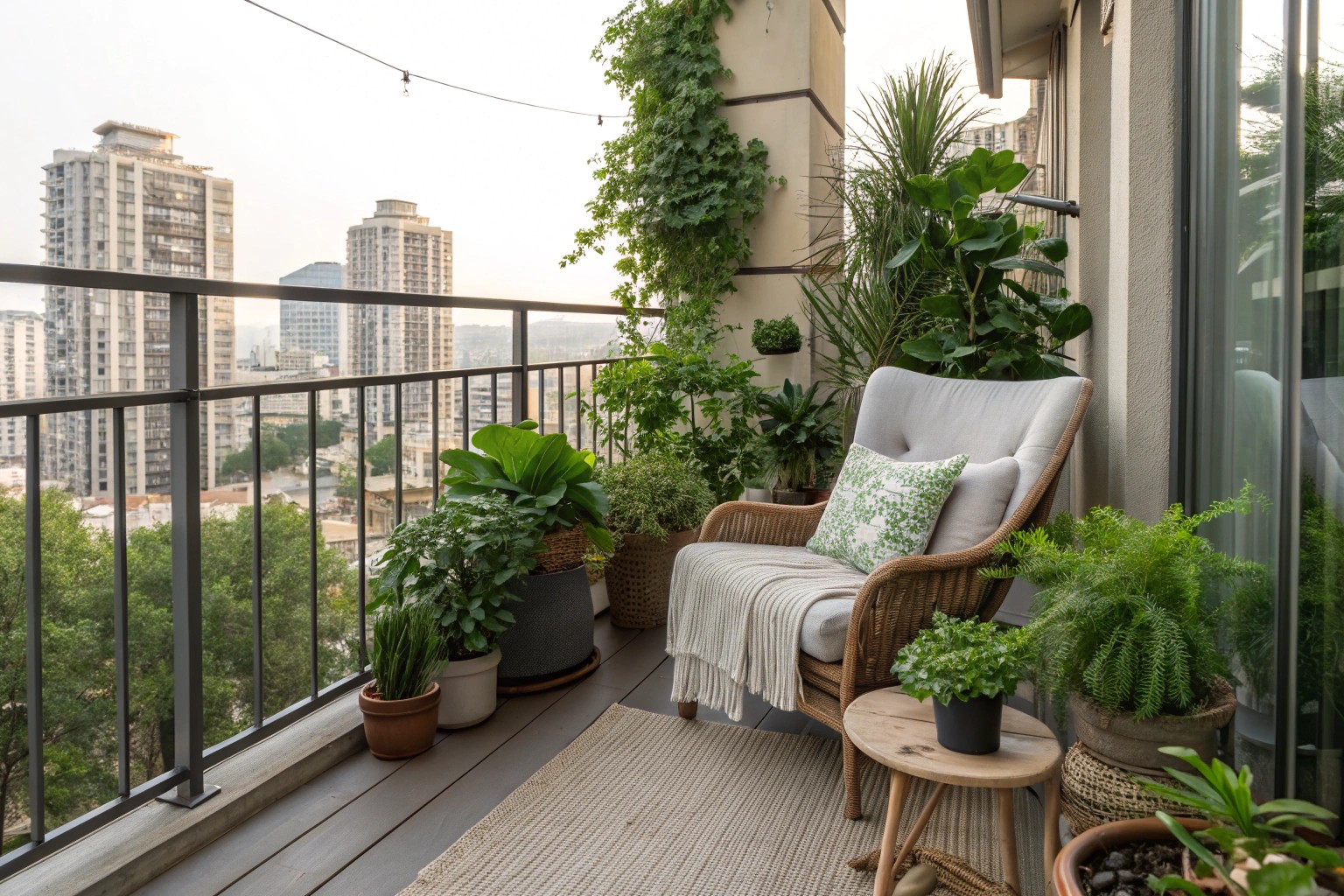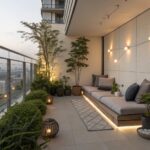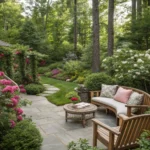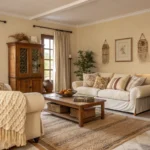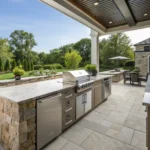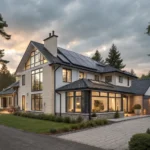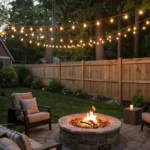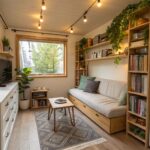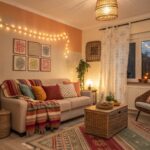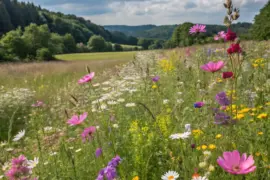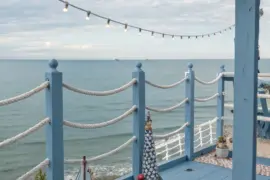Living in an urban environment doesn’t mean sacrificing your connection to nature or peaceful outdoor moments. With thoughtful design strategies, even a street-facing balcony can become a tranquil sanctuary that shields you from city chaos while maximizing every square inch of space.
Understanding the Urban Balcony Challenge
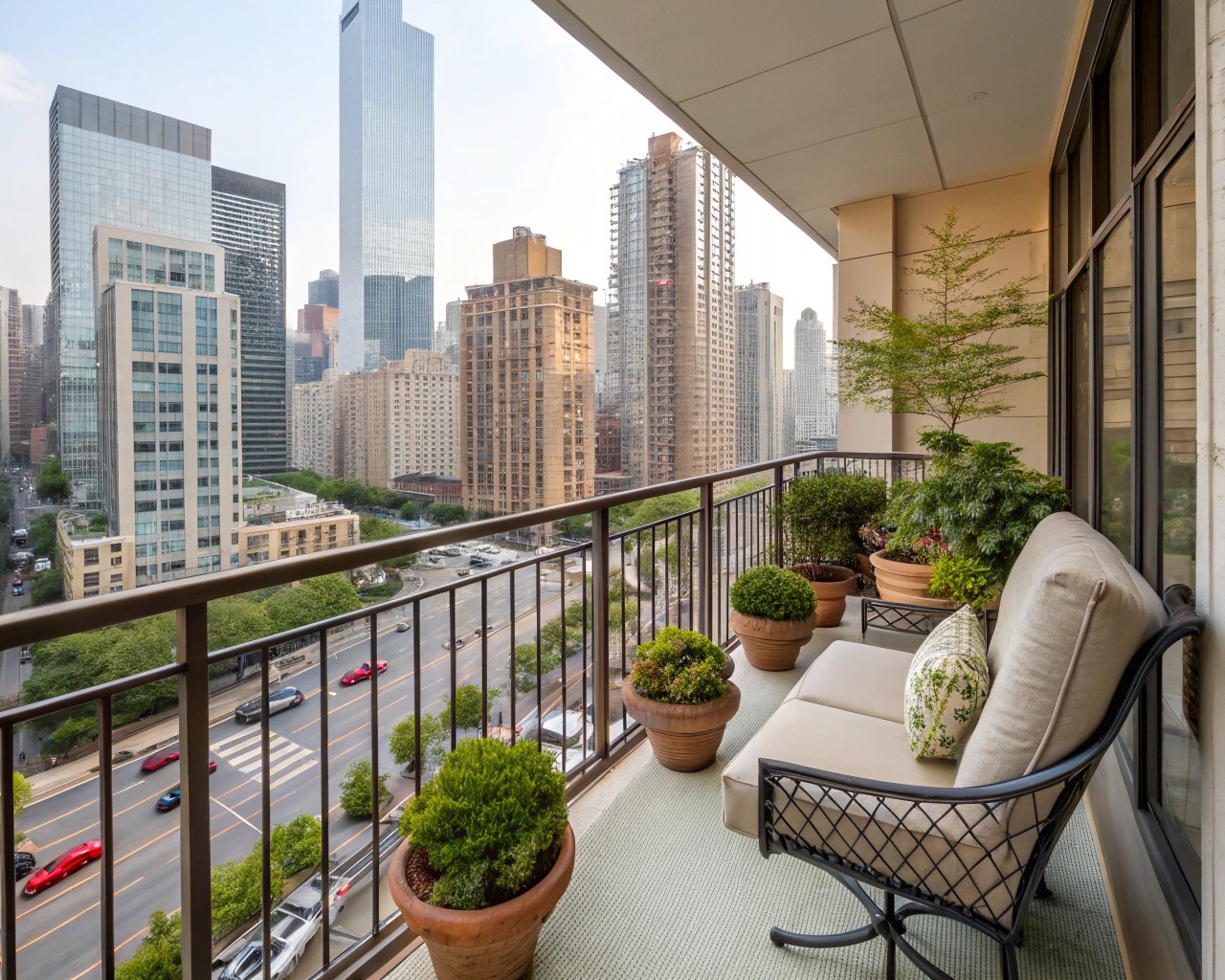
Street-level noise, visual distractions, and limited privacy create unique obstacles for urban balcony design. I’ve found that successful retreat spaces address three core issues simultaneously: sound mitigation, visual screening, and microclimate creation.
Primary Urban Balcony Challenges:
- Noise pollution from traffic, pedestrians, and construction
- Visual intrusion from passing traffic and neighboring buildings
- Wind exposure that affects plant health and comfort
- Limited square footage requiring multi-functional solutions
- Privacy concerns from street-level visibility
The key lies in creating layered solutions that work together. A single privacy screen won’t transform your space, but combining noise barriers, strategic plantings, and comfort elements creates a cumulative effect that genuinely transforms the environment.
Creating Effective Physical Barriers
Noise Reduction Strategies
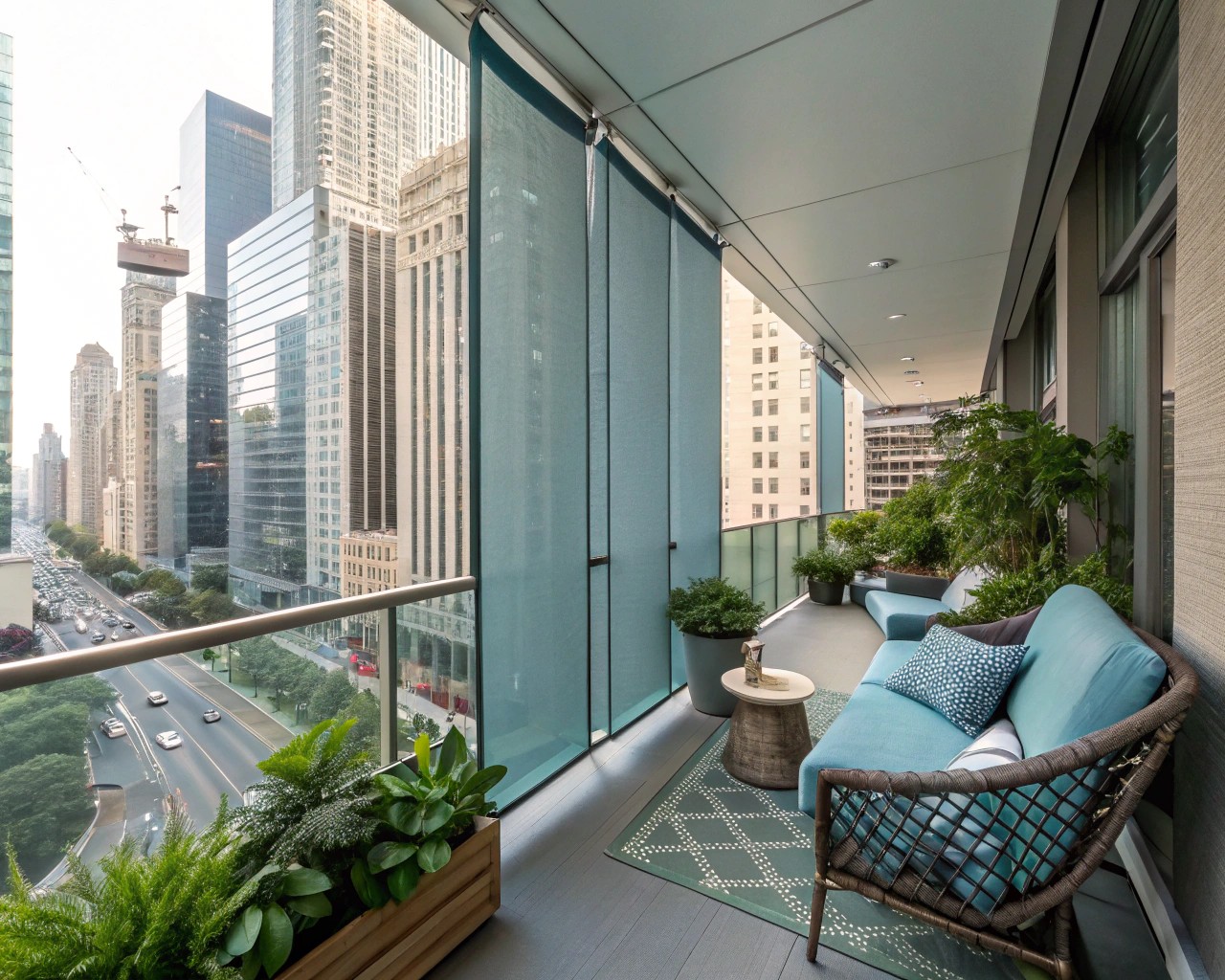
Traffic noise requires a multi-pronged approach combining absorption, reflection, and masking techniques. Acoustic panels designed for outdoor use can reduce noise levels significantly when properly installed.
Effective Noise Barriers:
| Solution | Effectiveness | Installation | Cost Range |
|---|---|---|---|
| Weather-resistant acoustic panels | High | Moderate | $200-500 |
| Double-layer privacy screens | Medium-High | Easy | $150-300 |
| Dense plant barriers | Medium | Easy | $100-400 |
| Thick outdoor curtains | Low-Medium | Easy | $50-150 |
For immediate results, I recommend starting with soniflex noise-control panels that combine sound absorption with weather resistance. These panels can be integrated into attractive screening systems without appearing industrial.
Privacy Screen Solutions
Flexible privacy screens offer the advantage of adjustability throughout the day. The TERRAZZO system, for example, uses collapsible fabric panels that can be opened or closed as needed. This flexibility becomes crucial when you want morning sun but afternoon privacy.
DIY Privacy Solutions:
- Install vertical slat panels with 30-50% coverage for optimal noise reduction
- Use bamboo screening attached to existing railings
- Create living walls with climbing plants on trellis systems
- Hang weather-resistant fabric panels that can be adjusted seasonally
Strategic Plant Selection for Urban Conditions
Plants That Handle Urban Stress
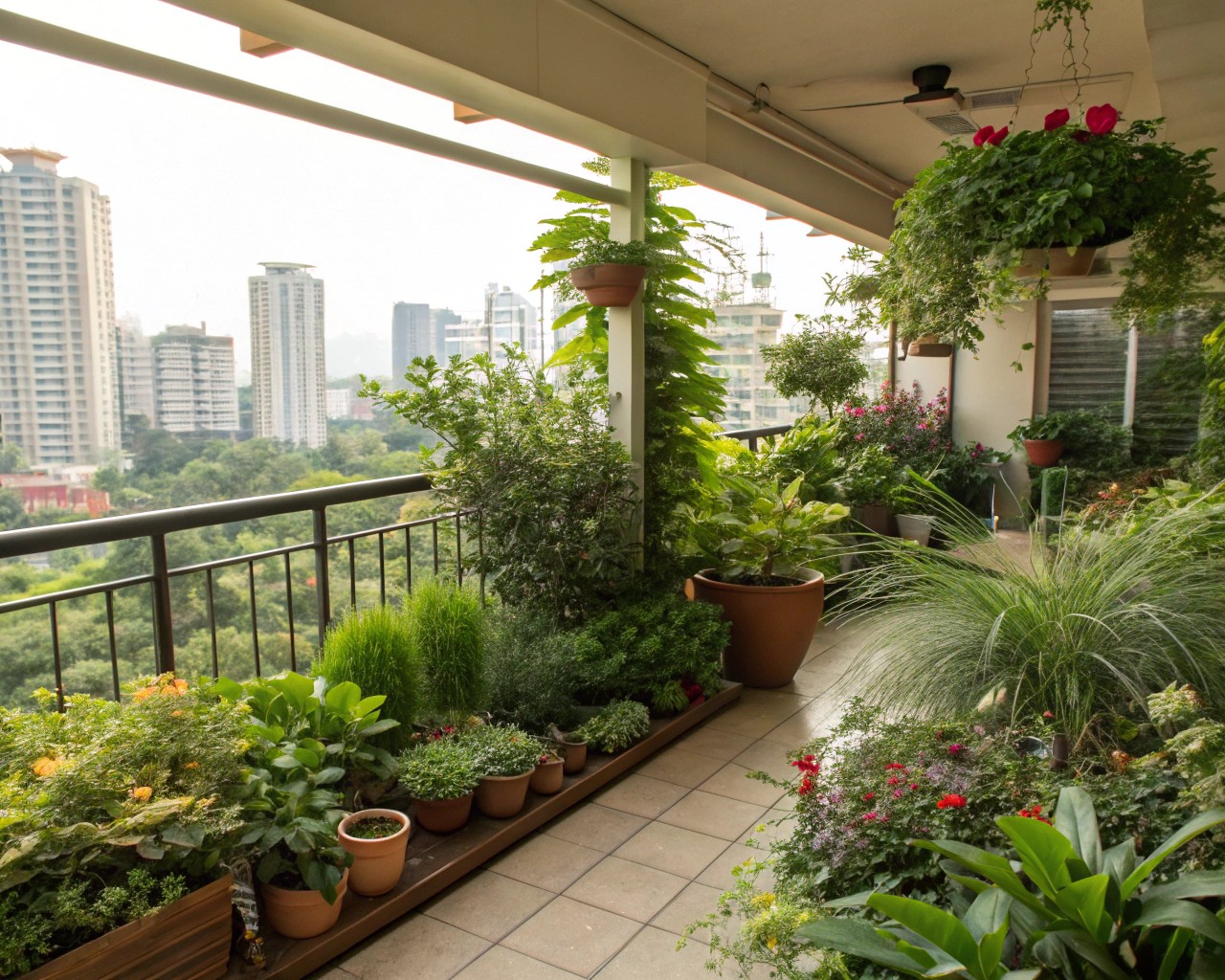
Urban balconies present unique growing conditions: wind exposure, heat reflection from pavement, and air pollution. Selecting resilient plants ensures your green sanctuary thrives rather than merely survives.
Top Performers for Street-Facing Balconies:
Evergreen Structure Plants:
- Dwarf Japanese Cedar (Cryptomeria japonica ‘Globosa Nana’) – compact, wind-resistant
- Boxwood (Buxus spp.) – classic broadleaf evergreen, pollution-tolerant
- Bay trees (Laurus nobilis) – dual-purpose screening and culinary use
Flowering Privacy Barriers:
- Hydrangeas – excellent for containers, blooms on old and new wood
- Fuchsias – perfect for hanging baskets in partial shade
- Lantana – drought-tolerant with continuous blooms
Edible Screening Options:
- Bamboo varieties – fast-growing, creates excellent sound barriers
- Climbing vegetables – green beans, cucumbers for vertical growing
- Dwarf fruit trees – lemons, kumquats for year-round interest
Container Strategy for Urban Conditions
Weight Distribution:
For windy balconies, choose heavier ceramic or terracotta planters for stability. If you need mobility, opt for lightweight resin containers that can be weighted with decorative stones.
Root Depth Requirements:
- Shallow containers (6-8 inches): Herbs, lettuce, small annuals
- Medium depth (12-18 inches): Perennials, small shrubs, dwarf vegetables
- Deep containers (24+ inches): Trees, large perennials, substantial screening plants
I’ve learned that choosing plants first determines container success. A vine tomato needs different root space than a succulent arrangement, yet many people select attractive pots then struggle with plant choices.
Comfort and Furniture Solutions
Space-Maximizing Furniture

Multi-functional pieces become essential in compact urban spaces. The most successful balcony retreats incorporate furniture that serves multiple purposes without compromising comfort.
Recommended Furniture Types:
Compact Seating Solutions:
- Folding café sets – easily stored, classic European appeal
- Stackable stools – extra seating that doubles as plant stands
- Built-in bench storage – seating plus cushion/tool storage
- Hanging egg chairs – space-efficient, creates focal point
Surface Solutions:
- Wall-mounted fold-down tables – expand dining space when needed
- Railing-mounted planters with ledges – growing space plus surface area
- Tiered plant stands – vertical gardening with display surfaces
The Devoko Wicker Conversation Set exemplifies ideal small-space design with weather-resistant materials, comfortable proportions, and a glass-top table that provides stability while occupying minimal footprint.
Creating Micro-Zones
Even tiny balconies benefit from defined activity areas. I typically design three zones when space allows:
- Seating zone – primary relaxation area with comfortable chairs
- Green zone – concentrated plant display creating natural barriers
- Transition zone – entry area with storage and seasonal flexibility
Lighting for Evening Ambiance
Urban balconies often shine at evening hours when street noise diminishes and artificial lighting creates magical atmospheres. Layered lighting transforms the space from daytime retreat to evening sanctuary.
Lighting Strategy Categories
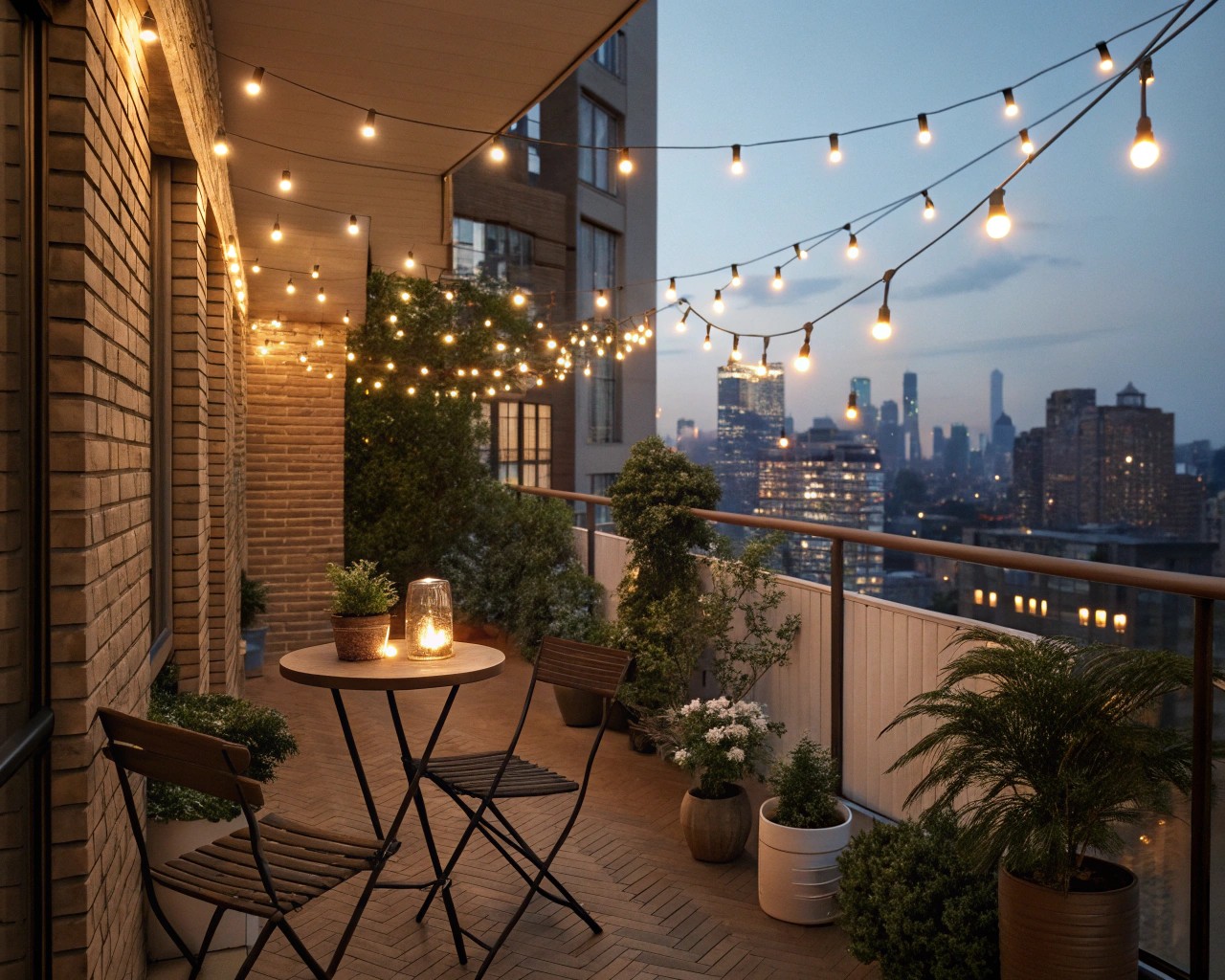
Ambient Lighting:
- Solar pendant lamps – environmentally friendly, no wiring required
- LED string lights – versatile, can outline railings or overhead structures
- Outdoor lanterns – portable, vintage charm for smaller spaces
Task Lighting:
- Wall-mounted reading lights for comfortable evening use
- Solar table lamps for dining or plant care activities
- Path lighting for safe navigation in compact spaces
Accent Lighting:
- Plant uplighting – highlights specimen plants and creates drama
- Railing-mounted LED strips – defines space boundaries
- Candle alternatives – LED candles provide safety with ambiance
I prefer solar-powered options for their flexibility and sustainability. Modern solar lights provide reliable illumination throughout evening hours without complicated installation.
Textiles and Comfort Elements
Weather-Resistant Soft Furnishings

Outdoor textiles bridge the gap between indoor comfort and outdoor durability. Quality weather-resistant fabrics withstand urban conditions while maintaining the softness essential for relaxation.
Essential Textile Elements:
Foundation Textiles:
- Outdoor rugs – define seating areas, add warmth underfoot
- Weather-resistant cushions – comfort for hard surfaces
- Throw pillows – color and pattern flexibility
Comfort Additions:
- Outdoor throws – evening warmth, visual softness
- Cushioned seat pads – transform basic seating into comfort zones
- Wind-resistant umbrellas – portable shade and rain protection
The key is layering different textures – woven rugs with plush cushions create inviting atmospheres that encourage longer outdoor stays.
Color Psychology for Urban Retreats
I’ve observed that cool colors (blues, greens, soft purples) create more effective retreat feelings in stimulating urban environments. These colors psychologically counteract the warming effect of pavement and traffic energy.
Recommended Color Palettes:
- Coastal calm: Soft blues, whites, natural wood tones
- Garden sanctuary: Multiple green shades with white accents
- Sunset warmth: Terracotta, warm whites, golden yellows
Advanced Retreat Strategies
Creating Seasonal Flexibility
Successful urban retreats adapt to seasonal changes without requiring complete redesigns. I recommend systems that allow easy modification as weather and light conditions change.
Seasonal Adaptation Tools:
- Removable plant arrangements in wheeled containers
- Interchangeable cushion covers for color variety
- Seasonal screening panels – lighter fabrics for summer, heavier for winter
- Modular furniture that can be reconfigured or stored
Microclimate Management
Urban balconies often experience extreme temperature variations due to heat reflection, wind tunnels, and sun exposure patterns. Creating comfortable microclimates requires understanding your specific conditions.
Microclimate Solutions:
- Strategic plant placement – larger plants create shade for smaller ones
- Water features – small fountains provide cooling and white noise
- Reflective surfaces – redirect harsh light while maintaining brightness
- Wind barriers – reduce dessication stress on plants and occupants
Maintenance and Long-Term Success
Sustainable Care Practices
Urban retreat balconies require efficient maintenance systems to remain sanctuary-like rather than becoming overwhelming chores.
Low-Maintenance Design Principles:
- Choose appropriate plant sizes – avoid plants that quickly outgrow containers
- Install drip irrigation – consistent watering without daily attention
- Select disease-resistant varieties – reduce chemical treatment needs
- Plan for seasonal storage – cushions, delicate plants, seasonal decorations
Budget-Conscious Implementation
Creating retreat-quality spaces doesn’t require expensive renovations. I recommend phased implementation that builds the space over several seasons.
Phase 1 (Under $300):
- Basic privacy screening
- 2-3 substantial plants in appropriate containers
- Comfortable seating for two people
- Simple lighting solution
Phase 2 (Additional $300-500):
- Enhanced plant collection
- Improved lighting system
- Weather-resistant textiles
- Storage solutions
Phase 3 (Additional $200-400):
- Specialty plants or specimen trees
- Advanced comfort features
- Seasonal decoration flexibility
- Micro-irrigation systems
Bringing It All Together
Transforming a street-facing balcony into a genuine retreat requires patience and systematic approach. The most successful projects address noise, privacy, and comfort simultaneously rather than tackling issues individually.
Remember that small improvements compound dramatically in limited spaces. A single well-placed plant, strategically hung lighting, or comfortable seating arrangement can shift the entire atmosphere from urban exposure to protected sanctuary.
The goal isn’t to completely eliminate urban awareness, but to create a buffer zone where city energy transforms into peaceful backdrop rather than overwhelming intrusion. With thoughtful planning and quality materials, your street-side balcony can become the retreat space you need without requiring a complete lifestyle change.

